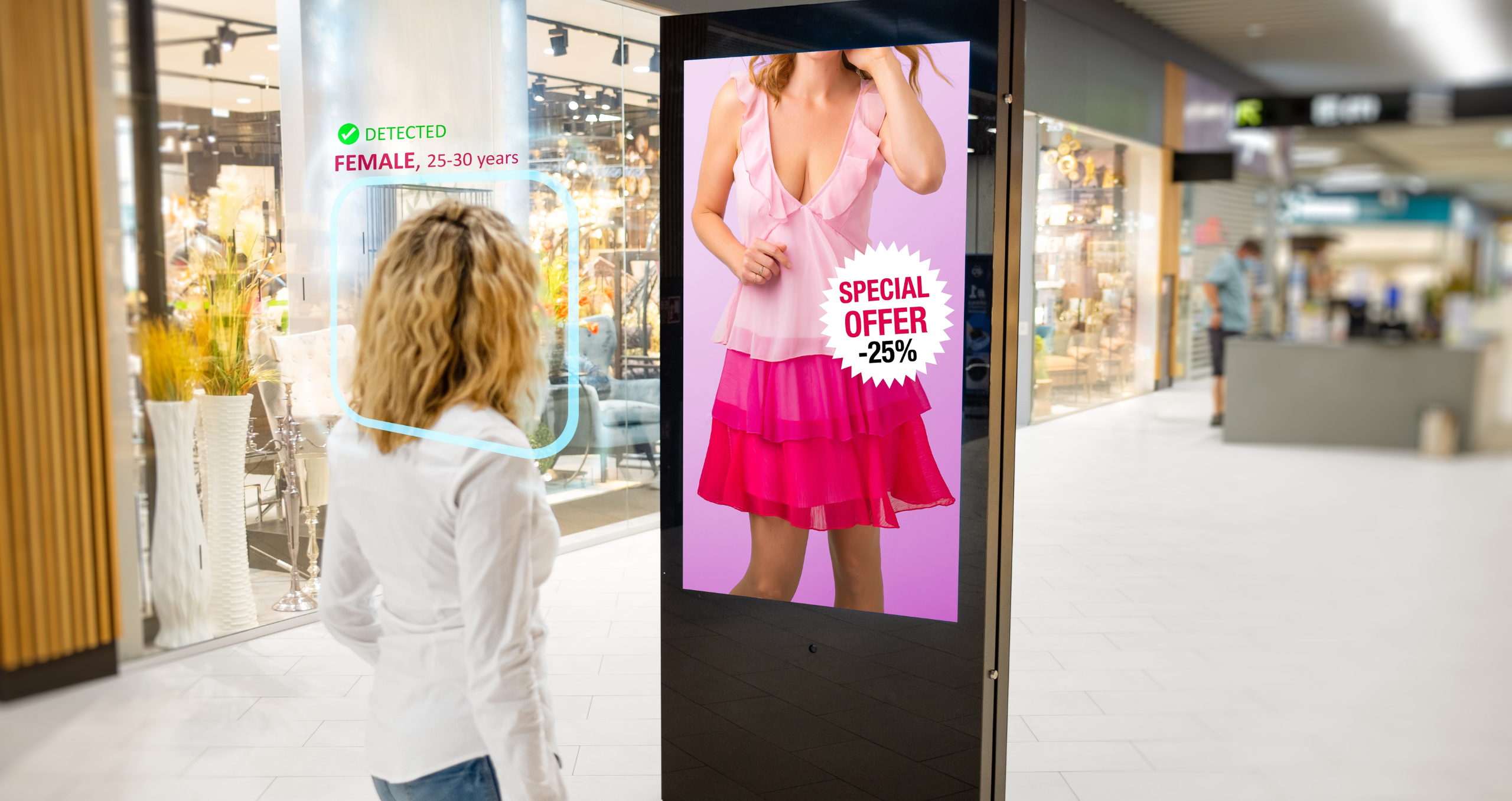Digital advertising has undergone a fascinating evolution, transforming the way that brands connect with their audience. From its first days to the panorama today, has gone through significant changes that have redefined the way in which They market products and services.
The rise of digital advertising
The history of digital advertising dates back to the dawn of the Internet in the 1990s. The first ads were simple and static, mainly static banners and pop-ups
which, although novel, had limitations in terms of interactivity and scope. However, this was the starting point for a revolution in the way brands were presented online.
The segmentation and personalization revolution
Over time, digital advertising evolved towards a more user-centric approach. The advanced segmentation and personalization became fundamental pillars. The advertising platforms began to use demographic data, online behaviors and interests to show more relevant ads. This allowed brands to reach their audiences more accurately, increasing the effectiveness of their campaigns.
A prominent example of the successful evolution in digital advertising is the strategy of Airbnb. The hosting platform used an innovative combination of digital media
to reach their audience effectively. Using detailed user data, identified search behaviors and travel patterns to personalize ads.
Airbnb integrated creative campaigns across various digital platforms, from ads on social networks to collaborations with influencers and user-generated content. Their focus on the stories of travelers and hosts, along with personalization precisely, managed to connect emotionally with his audience.
This strategy led to a significant increase in brand visibility and the number of Bookings. The ability to adapt to emerging trends and understand their audience allowed them to stand out in a competitive market.
The current era: interactivity and immersive experiences
Currently, digital advertising continues its evolution towards interactivity and immersive experiences. Augmented reality (AR), virtual reality (VR) and advertising Interactive video are redefining the boundaries of user participation. The brands seek to create experiences that not only promote products, but also involve to consumers significantly.
The future: automation and AI
The future of digital advertising seems to be deeply rooted in artificial intelligence (AI) and automation. AI tools allow for greater personalisation and real-time optimisation, while automation simplifies campaign processes.
In conclusion, digital advertising has come a long way from its static beginnings
to today’s dynamic and exciting panorama. The ability to adapt and adopt
New technologies have been fundamental in the success of brands like Airbnb, setting standards for future innovation in the interaction between brands and consumers online.






